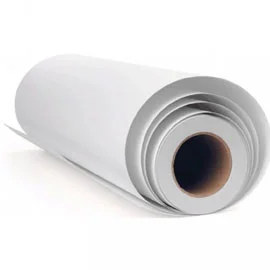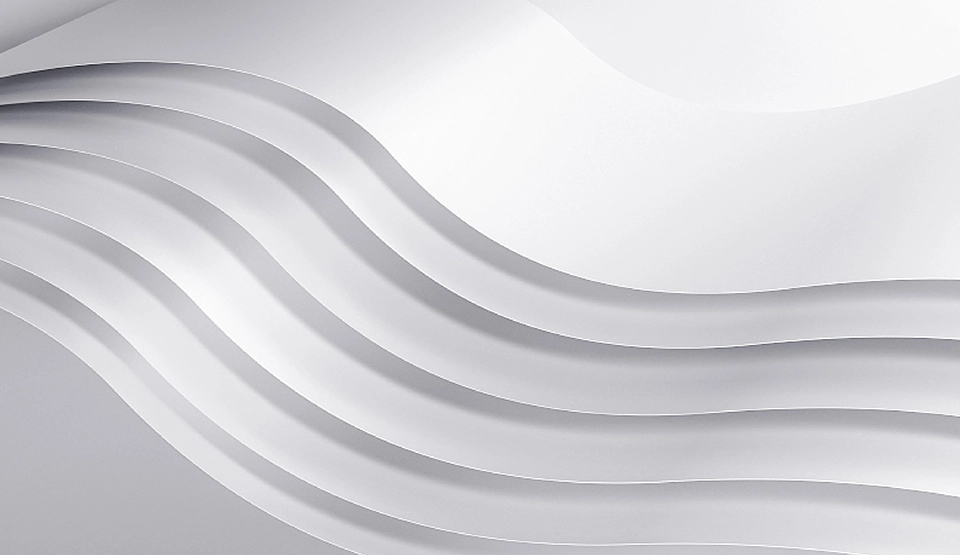
Our transfer paper is renewable, easy to operate, and safe to use; Environmentally friendly, efficient, and able to protect the integrity of the product surface; Corrosion resistance, impact resistance, aging resistance, wear resistance, fire resistance, and non discoloration when used outdoors; High printing accuracy, clear hierarchy, and wide color gamut.
Our transfer paper supports industrial grade unmanned operations; Transfer paper has high ink absorption capacity, fast drying speed, can effectively improve production efficiency, is pollution-free, environmentally friendly, and reduces waste rate.
Create or select the image or design you want to transfer onto the target surface. Ensure that it is sized correctly and in the desired orientation.
Place the transfer paper with the printed side facing down onto the target surface. Make sure the design is positioned correctly. If needed, use heat-resistant tape or adhesive to secure the transfer paper in place and prevent it from moving during the transfer process.
Choose the type of transfer paper that is suitable for your printer (inkjet or laser) and the surface you plan to transfer onto (fabric, ceramics, etc.). Make sure to read and follow the instructions provided by the manufacturer.
Use a heat source, such as a heat press, iron, or a handheld heat tool, to apply heat and pressure to the transfer paper. Follow the recommended temperature and time settings provided by the transfer paper manufacturer. Apply even pressure and move the heat source across the entire design to ensure proper transfer.
Load the transfer paper into your printer according to the manufacturer's instructions. Print your design onto the coated side of the transfer paper. Adjust printer settings for optimal image quality, such as using the highest resolution and mirror imaging the design if necessary.
After applying heat and pressure, allow the transfer to cool down as per the instructions from banner fabric manufacturers. Once cooled, carefully peel off the transfer paper in a smooth, steady motion, revealing the transferred design on the target surface.
If necessary, prepare the target surface by cleaning it to remove any dirt, dust, or oils that may affect the transfer process. For fabrics, ensure they are clean and free of any fabric softeners.
Depending on the type of transfer paper used, you may need to perform additional steps to enhance the durability or washability of the transferred design. This could include heat-setting the design with an iron or running the fabric through a clothes dryer.
Trim the excess paper around your design, leaving a small border around the image if desired. This step is optional but can make the transfer process easier.
Transfer paper uses special heat transfer ink to print various patterns on a special type of paper, and then transfers the patterns to the product through temperature and pressure. This special type of paper used in the heat transfer printing process is called heat transfer paper. Transfer printing refers to the printing process of transferring dyes onto fabrics through transfer paper. According to the sublimation characteristics of some disperse dyes, the disperse dyes sublimed at 150~230 ° C are selected and mixed with the slurry to make "color ink", and then according to different design pattern requirements, the "color ink" is printed on the transfer paper (this is a special paper, so it is called transfer paper), and then the transfer paper with pattern patterns is closely contacted with the fabric. Under the condition of controlling certain temperature, pressure and time, Through diffusion, it enters the interior of the fabric to achieve the purpose of coloring.
JC Media,
Devoting to Your Advertising Need



